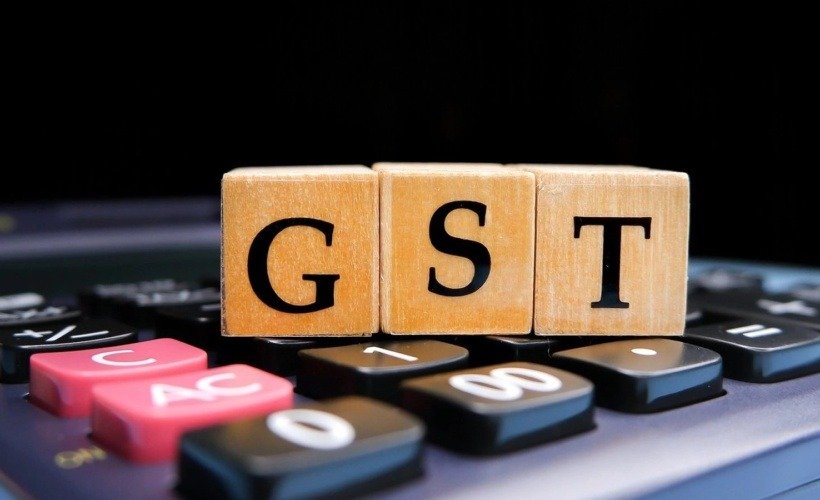
With anti-evasion tax measures in place and surge in tourism, the state sees a growth in GST revenue for July 2023
A state’s revenue income is always closely monitored as it influences a plethora of factors that improve the state’s standing. The myriad strategies contrived by fraudsters to evade taxes caught the eye of the authorities and anti-evasion measures were taken as a means of preventing the same. The efforts appear to have borne fruit with the significant boom in Goa’s tax collection.
Goa’s Goods and Services Tax (GST) income record this year has been buoyant, especially in the month of July, as Goa’s collection increased by 22% to `528 crore, while the State’s GST revenue in the previous year’s equivalent month was `433 crore. Moreover, the State’s growth in tax revenue for July outpaced the national average by a substantial margin, indicating healthy economic activity. The year-on-year July increase across the country is a good 11%. “Goa seems to be still riding on the wave of tourists thronging to it. This is definitely a positive sign. Since Goa is a consumption-driven state and since GST is a consumption-based tax, it is natural that Goa would reap maximum benefits of GST.

Further, the uptick in GST will also have to be attributed to enforcement actions being undertaken. September 2023 is the last month in which notices for FY 2017-18, that is the first year of GST, can be issued, and hence we have noted a significant increase in departmental action. This also surely has contributed to increased GST,” states CA Gaurav Kenkre, G. S. Kenkre & Associates.
According to figures released recently by the Ministry of Finance, New Delhi, Goa received `320 crore from the Centre towards the State’s portion of the Integrated Goods and Services Tax (IGST).
Moreover, the State’s tax collection in the first four months of the year was `2,151 crore, compared to `1,793 crore in the same four months of 2022. The upswing in tax collection is expected to continue as Goa prepares for the upcoming festivals in September. “From September right till December, Goans will be celebrating a variety of festivals, and all this consumption of goods and services will surely contribute to the economy as a whole and therefore to GST as well,” says CA Kenkre. Such festivals have an impact on tourism and related industries, all of which contribute heavily to the State’s tax revenue as hotels, restaurants, and casinos all pay significantly to GST. “With the monsoons tapering off, MICE tourism may also boost GST collections,” adds CA Rohan Bhandare, R.S. Bhandare & Associates. Moreover, efforts are also being made to fill gaps in the Goods and Service Tax Network (GSTN) system and improve revenue. “The GST authorities recently had a special ‘All-India drive against Fake Registrations’ drive to remove fake GSTNs from the GST ecosystem. Further, the registration process under GST has also become more cumbersome to tackle unscrupulous registrants. The verification checks have increased, and GST information is now continuously matched with the data available with other government agencies,” says CA Bhandare.

According to tax officials, the State has fraudulent traders with phoney GST registrations who are illegally claiming Input Tax Credit (ITC) by generating invoices that lack the underlying supply of goods or services.
In some cases, people’s identities have been abused through PAN, Aadhar, and so on, without their knowledge. Forged documents such as fraudulent utility bills and property tax receipts are also being used as proof of the principal place of business in order to acquire GST registrations.
As a result of anti-evasion efforts and increased consumer spending, the GST collection at the national level increased 11% to over `1.65 lakh crore in July, states a Press Trust of India report from New Delhi. Since the implementation of the GST regime, monthly collections have exceeded the `1.60 lakh crore mark five times, becoming the new norm.
“Gross GST revenue collected in July was `1,65,105 crore of which CGST was `29,773 crore, SGST was `37,623 crore, IGST was `85,930 crore (including `41,239 crore collected on import of goods), and cess was `11,779 crore (including `840 crore collected on import of goods),” stated the Finance Ministry. The revenue from taxes paid on products sold and services provided increased month over month in July 2023 for the second consecutive month. In June and May, it was `1.61 lakh crore and `1.57 lakh crore, respectively, while April saw a record-breaking collection of `1.87 lakh crore. Moreover, revenues from domestic transactions, including the import of services, increased by 15% in July compared to the same period the previous year.
“The progressive lowering of the e-invoicing limits is keeping a real-time check on the outward supplies, and the tightening on the conditions to avail input tax credit is compelling taxpayers to pay more GST. Further, with the approaching deadlines for GST assessments, the authorities are now aggressively following up on the discrepancies for the previous financial years,” adds CA Bhandare.





